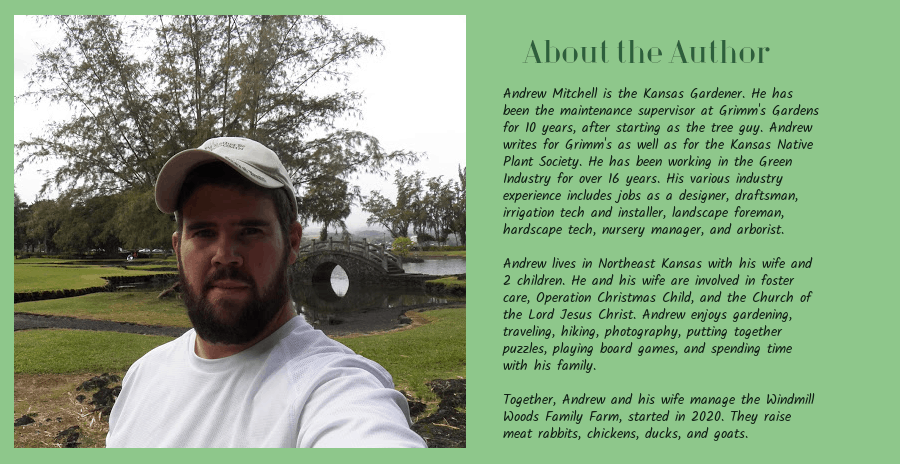While most pests are winding down in late summer and autumn, fall webworms are just getting started. Many people get very upset when they see big webs of caterpillars in their trees (and shrubs) in late summer. As if things are not bad enough with spider webs dangling everywhere.
While they are not considered to be an important pest, mainly because their damage is done in late summer into fall, as trees and shrubs begin entering into dormancy. Even before the leaves begin to change color and drop, trees are already sending extra nutrients and chemicals to the roots for winter storage.
Once you learn what fall webworms are and do, then you can decide on treatment. I myself, do nothing, unless I can reach them. Fall webworms are a moth species which feed gregariously in groups, protected by a thick webbing of silk. They are white to tan in color with 2 rows of black triangles or spots on their back. Fall webworms are also hairy looking.
Life Cycle
The adult moths appear in mid to late July in the Central Great Plains. These fly around, laying eggs on the underside of leaves of host plants. Once the eggs hatch, the young caterpillars feed vigorously on leaves, and begin to make webbing as they get bigger. After feeding for a few weeks, the mature caterpillars crawl or slide down silk to the ground, where they for pupal cases for overwintering in leaf litter or scaly bark crevices.
Control of Fall Webworms
Really, the damage they do is only cosmetic, so chemical treatment is not recommended. Birds do little damage, as they do not like feeding through the web. If it is something you can reach easily from the ground or a small ladder, then cut them off the tree. After cutting, drop them into a pen of hungry chickens, or throw them into a bonfire. It is very rewarding.

While chemical control is not recommended, there are some of you who may choose this option, especially if you have many clusters of fall webworms scattered throughout the canopy of trees. READ ALL CHEMICAL LABELS before applying anything. The following is a list of chemicals that are recommended for caterpillars for use by homeowners.
Plants Affected by Fall Webworms
While it is true that fall webworms are not a major pest, they do affect a large number of trees and some shrubs. The following list includes several plants which they may feed on. They do seem to prefer trees with bi-pinnate or pinnately compound leaf arrangements, over others.
- Black Walnut
- Kentucky Coffeetree
- Black Locust
- Redbud
- Lilac
- Amur Honeysuckle
- Black Cherry
- Hickory
- Pecan
- American Elm
- Crabapple
- Apple
- Maple
Conclusion
Fall webworms are mainly a cosmetic problem of trees and shrubs, and can be easily removed if reachable. Look closely at your tree or shrub before removing branches with fall webworms and decide if it can or cannot handle the damage.
Happy planting!




